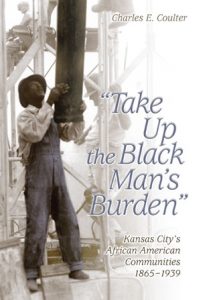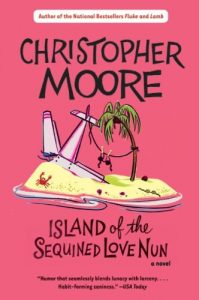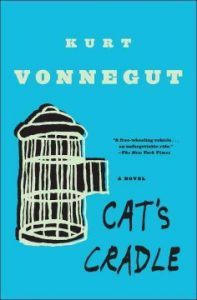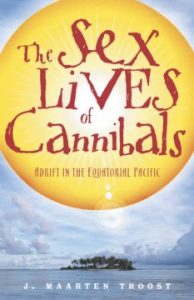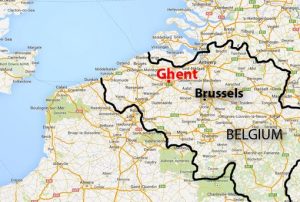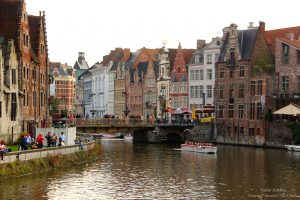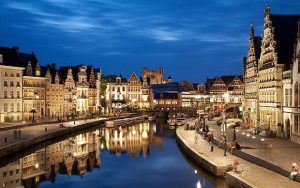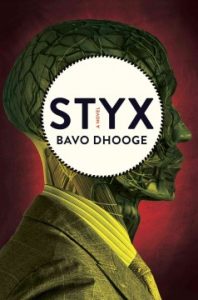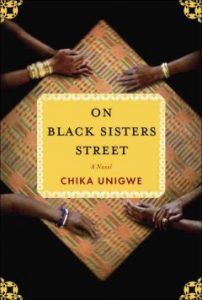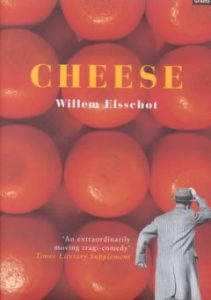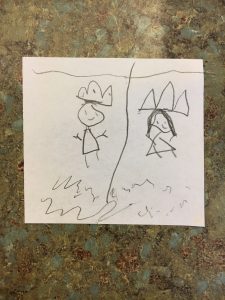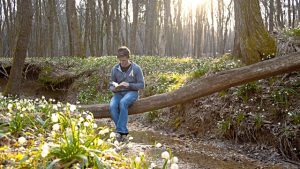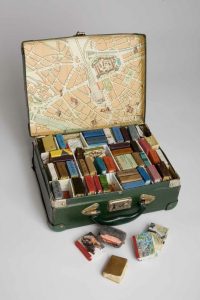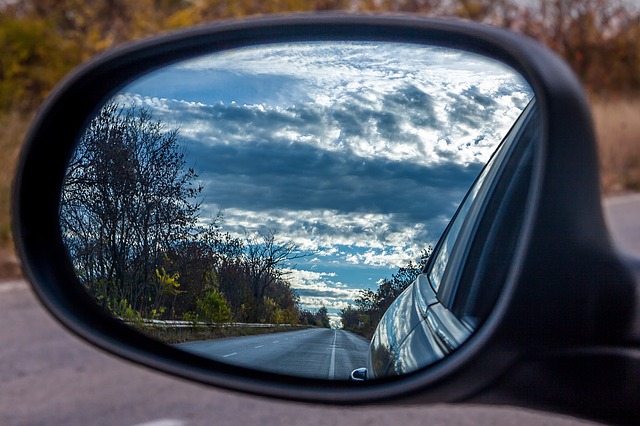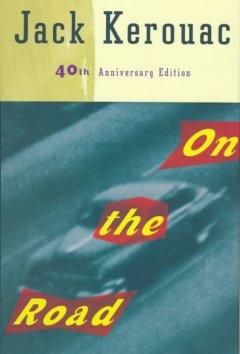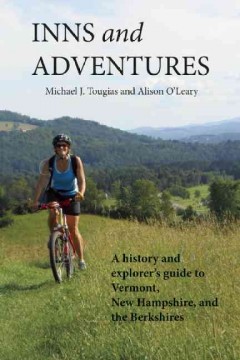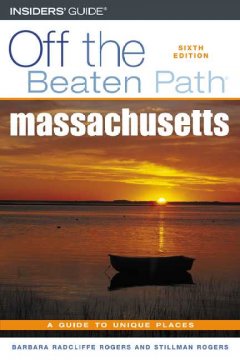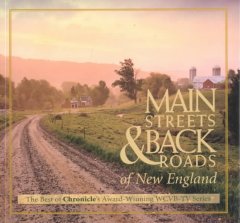Yesterday, we talked about the joys of adventures, road trips, and the wonderfulness of summer getaways. And encouraged you to take your own excursion, whether that was in a car, on a bike, or in your favorite chair.

But let’s be honest: sometimes, adventures aren’t that great. Sometimes it rains every day you’re at the exotic beach (been there). Sometimes the museum you wanted to visit is closed for emergency ventilation work (been there, too!). Sometimes you just get lost.
And you know what? There are books for that, as well! Sometimes, the most exciting books–and the most memorable adventures–are the ones that defy your expectations, grab you with unexpected revelations, or lead you down a dark, unexplored path.
So here, to balance things out, are a selection of books about journeys that didn’t go according to plan, fictional and non-fictional, funny and scary, real-world and outlandish. Use them to comfort you, should you summer plans fall apart, or perhaps see them as a cautionary tale, but, either way–enjoy!
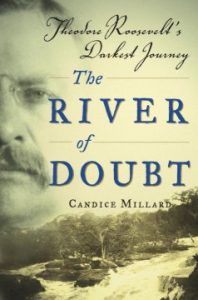 River of Doubt: After losing the presidential election of 1912, Theodore Roosevelt and his son left the United States for the Amazon. Teddy was determined to conquer the most grueling and perilous physical challenge that he could find–and he met his match on one of the most dangerous rivers on earth, a black, uncharted tributary of the Amazon that snakes through one of the most treacherous jungles in the world. In this fast-paced, well-researched, and wonderfully insightful book, Candace Millard takes us down the Amazon with Teddy, giving us a look into the man himself, as well as into the journey that nearly broke him (and killed three of the men in his party).
River of Doubt: After losing the presidential election of 1912, Theodore Roosevelt and his son left the United States for the Amazon. Teddy was determined to conquer the most grueling and perilous physical challenge that he could find–and he met his match on one of the most dangerous rivers on earth, a black, uncharted tributary of the Amazon that snakes through one of the most treacherous jungles in the world. In this fast-paced, well-researched, and wonderfully insightful book, Candace Millard takes us down the Amazon with Teddy, giving us a look into the man himself, as well as into the journey that nearly broke him (and killed three of the men in his party).
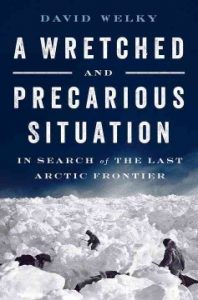 A Wretched and Precarious Situation : In Search of the Last Arctic Frontier: In 1906, from atop a snow-swept hill in the ice fields northwest of Greenland, hundreds of miles from another human being, Commander Robert E. Peary spotted a line of mysterious peaks looming in the distance. He called this unexplored realm “Crocker Land.” Scientists and explorers agreed that the world-famous explorer had discovered a new continent rising from the frozen Arctic Ocean. Several years later, two of Peary’s disciples, George Borup and Donald MacMillan, assembled a team of amateur adventurers to investigate Crocker Land, dreaming of placing their names next to those of Magellan and Columbus. Instead, they found themselves trapped in a bizarre, harrowing, and pitiless landscape that defied not only maps, but seemingly reason itself. David Welky’s book captures the cold and the confusion of this epic adventure perfectly, and he also brings a scientists’ eye to the details of their plan, helping readers understand the real wonder of this whole story.
A Wretched and Precarious Situation : In Search of the Last Arctic Frontier: In 1906, from atop a snow-swept hill in the ice fields northwest of Greenland, hundreds of miles from another human being, Commander Robert E. Peary spotted a line of mysterious peaks looming in the distance. He called this unexplored realm “Crocker Land.” Scientists and explorers agreed that the world-famous explorer had discovered a new continent rising from the frozen Arctic Ocean. Several years later, two of Peary’s disciples, George Borup and Donald MacMillan, assembled a team of amateur adventurers to investigate Crocker Land, dreaming of placing their names next to those of Magellan and Columbus. Instead, they found themselves trapped in a bizarre, harrowing, and pitiless landscape that defied not only maps, but seemingly reason itself. David Welky’s book captures the cold and the confusion of this epic adventure perfectly, and he also brings a scientists’ eye to the details of their plan, helping readers understand the real wonder of this whole story.
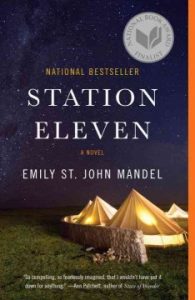 Station Eleven: This book is nothing like you’ve ever read, I think I can guarantee it. A little bit of science fiction, a little bit of mystery, and a whole lot of Shakespeare combine in this story that starts with an influenza epidemic that decimates the population. Twenty years later, Kirsten Raymonde is part of a nomadic group of actors and musicians known as the Travelling Symphony, circling the Great Lakes in a two-year cycle. Her memories of an actor that she saw die at the beginning of the plague sparks an exploration into human nature, love, memory, and all the ways that our lives are bound up in each other. This book is as much about personal journeys as it is about a wandering troupe of players, and is a haunting, powerful, and utterly imaginative book that is so unlike most dystopian novels out there that even those who don’t consider themselves sci-fi fans will find plenty to enjoy.
Station Eleven: This book is nothing like you’ve ever read, I think I can guarantee it. A little bit of science fiction, a little bit of mystery, and a whole lot of Shakespeare combine in this story that starts with an influenza epidemic that decimates the population. Twenty years later, Kirsten Raymonde is part of a nomadic group of actors and musicians known as the Travelling Symphony, circling the Great Lakes in a two-year cycle. Her memories of an actor that she saw die at the beginning of the plague sparks an exploration into human nature, love, memory, and all the ways that our lives are bound up in each other. This book is as much about personal journeys as it is about a wandering troupe of players, and is a haunting, powerful, and utterly imaginative book that is so unlike most dystopian novels out there that even those who don’t consider themselves sci-fi fans will find plenty to enjoy.
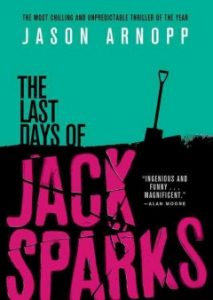 The Last Days of Jack Sparks: We’ve talked about this book before, but honestly, it’s so weird, and so unsettling, and so absolutely unlike anything else out there that I think we need to talk about it a lot more. Jack Sparks is a pop-culture journalist, sensationalist, and all around cynical jackass, who delights in busting myths, superstitions, and religious events with equal gusto. But after he witnesses an exorcism in Italy, odd things begin happening to him–beginning with a video being posted to his YouTube account that he never shot. This book is presented as a compilation of the last days of Jack Sparks’ life, his wild (paranoid, desperate) adventures around the world, his increasingly erratic behavior and the many, seemingly infinite layers of truth, lies, self-delusions, and terrors that make up his existence. It’s an exhausting, terrifying, eye-opening book that will certainly make any summer trip of your seem tame…and maybe that’s ok…
The Last Days of Jack Sparks: We’ve talked about this book before, but honestly, it’s so weird, and so unsettling, and so absolutely unlike anything else out there that I think we need to talk about it a lot more. Jack Sparks is a pop-culture journalist, sensationalist, and all around cynical jackass, who delights in busting myths, superstitions, and religious events with equal gusto. But after he witnesses an exorcism in Italy, odd things begin happening to him–beginning with a video being posted to his YouTube account that he never shot. This book is presented as a compilation of the last days of Jack Sparks’ life, his wild (paranoid, desperate) adventures around the world, his increasingly erratic behavior and the many, seemingly infinite layers of truth, lies, self-delusions, and terrors that make up his existence. It’s an exhausting, terrifying, eye-opening book that will certainly make any summer trip of your seem tame…and maybe that’s ok…
Best of luck in your travels, dear readers! Send us a postcard!



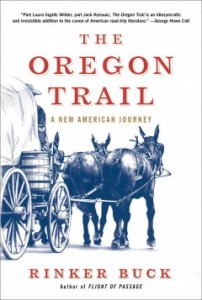
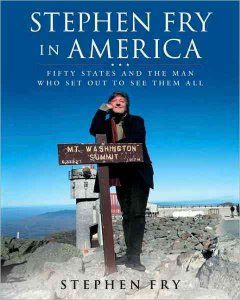



 Dark Places
Dark Places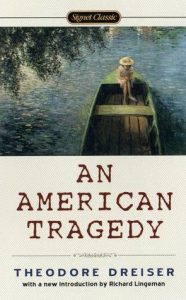 An American Tragedy
An American Tragedy